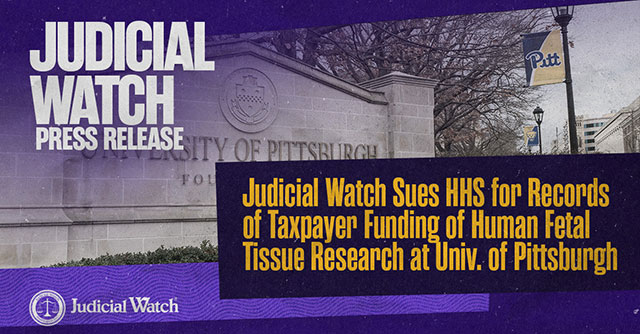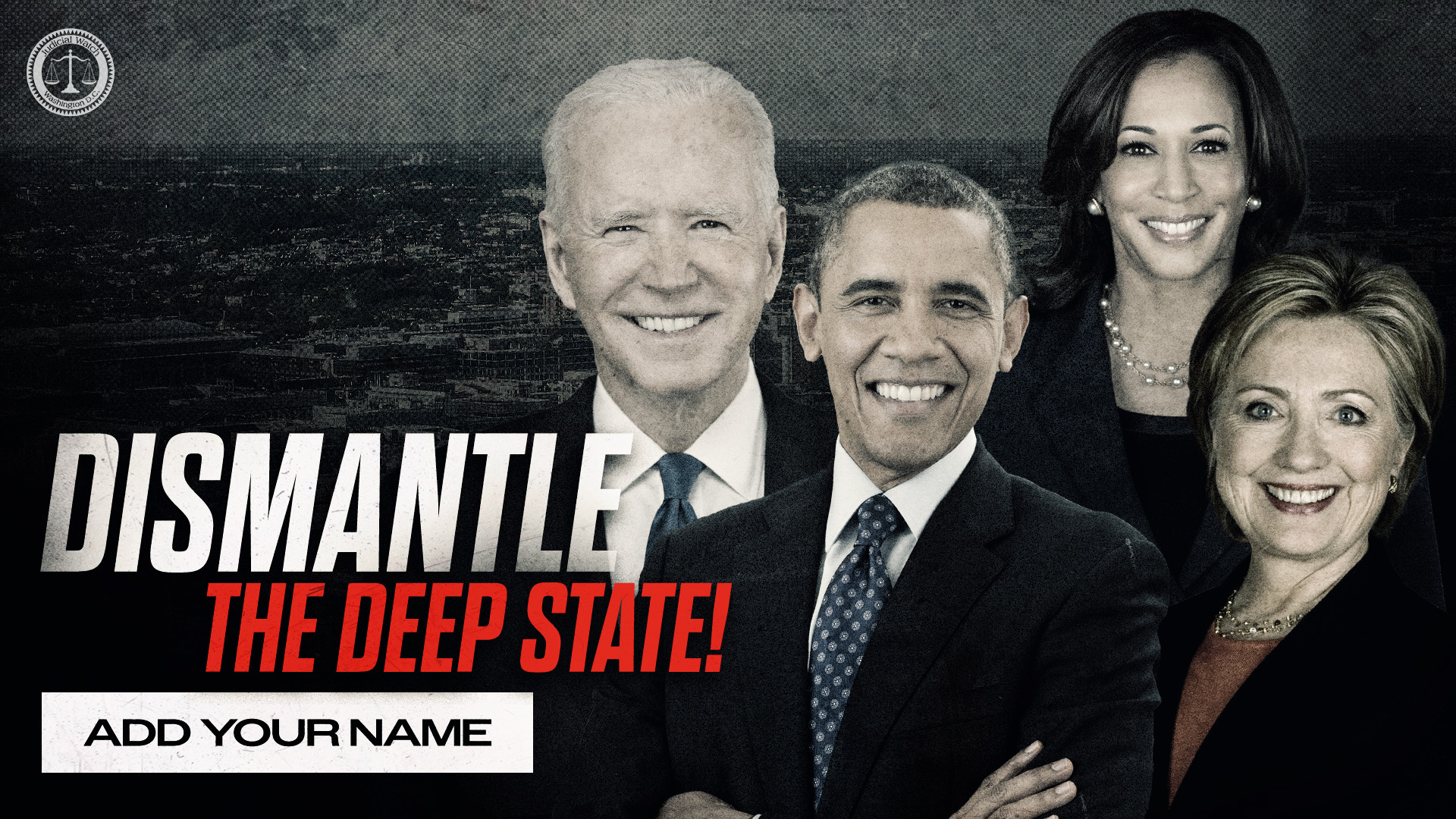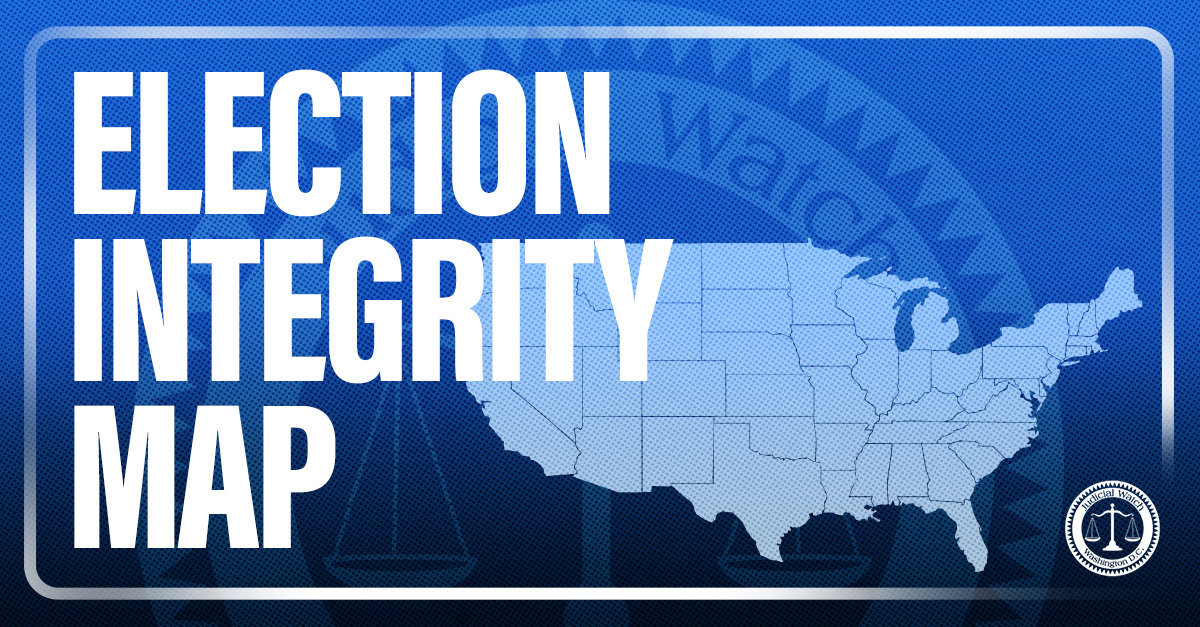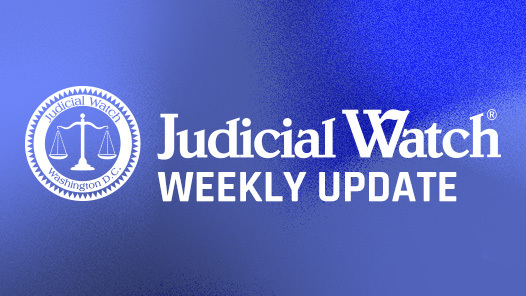
Top Secret Government Bigger Than Ever
A record number of people—nearly 5 million—are cleared to access classified information and the figure continues to rise, though the U.S. government prefers to keep this information from the public.
More than 4.9 million have passed the various background checks and scrutiny to access some of the nation’s most sensitive information and many more will soon enjoy the privilege, according to the Office of the Director of National Intelligence (ODNI), the broad agency that serves as an umbrella for the intelligence community and advises the president. In all the ODNI is composed of more than a dozen spy agencies, including Air Force, Army, Navy, Treasury and Coast Guard intelligence as well as the CIA and FBI.
In the last year alone, 54,199 new government employees received security clearance to access classified information, representing a 1.1% increase over the previous year. Of the overall clearances, 791,200 government workers, 483,263 contractors and 135,506 designated as “others” hold top-secret clearances. The figures are outlined in an annual ODNI report that marks only the third official count of security-cleared personnel in the U.S. government.
“It is possible that there were more security-cleared Americans at some points during the Cold War, when there was a larger standing military with more cleared military personnel than there are today,” the report says. “But until 2010, no comprehensive account of the size of the security clearance system had ever been produced. So the new 4.9 million figure is the largest official figure ever published.”
The ODNI was actually forced to provide the information that for years it successfully kept from the public. However, in 2010 the Intelligence Authorization Act established a requirement for the president to submit an annual report to Congress on the security clearance process. It must include the total number of security clearances across government and in-depth metrics on the timeliness of security clearance determinations in the Intelligence Community (IC).
This essentially forced the ODNI to provide the information, which is has long resisted doing. In fact, it pushed hard and actually convinced a Senate Intelligence Committee to eliminate the reporting requirement all together. A government watchdog blog broke the story last summer and rounded up several public interest groups to protest the move by writing to the House and Senate Intelligence Committees to preserve the annual reporting requirement. Otherwise, the information would be top secret.
The ODNI has long been embroiled in controversy over its failures involving the 9/11 attacks. In 2009 a scathing internal report blasted the agency for having the same mismanagement, turf battles and communication breakdowns that were blamed for the failures leading to the terrorist attacks years earlier. Yet nearly eight years after the worst terrorist attack in U.S. history, the audit revealed that the spy agencies were still prone to disastrous intelligence failures that put the country at risk.
Earlier this year, Judicial Watch sued the ODNI for records involving the September 11, 2012 terrorist attack on the U.S. Consulate in Benghazi. JW was forced to file the lawsuit because the ODNI failed to respond to a public records request under Freedom of Information Act (FOIA) that dates back to mid-October 2012. Under federal law, the agency was supposed to respond by November 26, but has failed to do so.

















